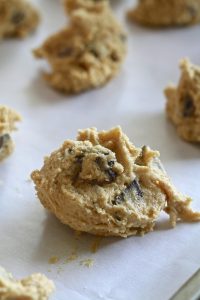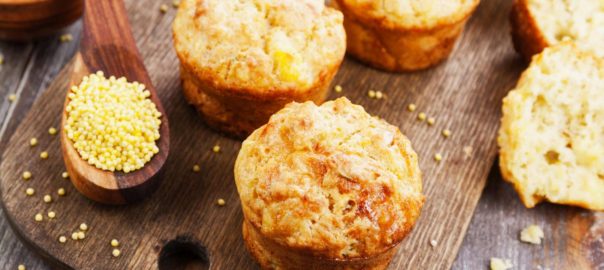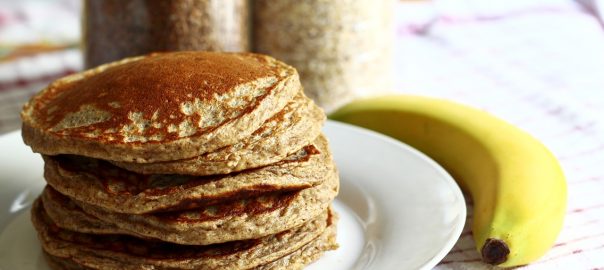My friend Erin recently shared this delicious recipe for a great on-the-go-snack bar. With pumpkins in season, it's easy enough to make your own puree. If you don't have the time or inclination to make your own, the canned stuff works just fine. A couple of words of caution, however, when choosing canned pumpkin:
- It's best to use a brand that has a BPA free lining
- Organic pumpkin is preferred
- I highly recommend that you read the label and make sure that you are getting only 100% pumpkin. You don't need all those other ingredients.
These breakfast bars are fabulous for a quick breakfast, perfectly portable if you need to have breakfast on-the-go. And so tasty that they also make a great snack. If you'd like, add a serving of protein powder to make your bars even more nutritious. If you do add the protein powder you may find that you need just a Tablespoon or two of water so the mix isn't too dry.

Pumpkin Oat Breakfast Bars
Ingredients
- 3/4 cup pumpkin purée
- 2 eggs
- 1/4 cup organic butter or ghee at room temperature
- 1 large or 2 small ripe bananas
- 1/4 cup honey
- 2 cups rolled oats (not the quick cook variety)
- 1/2 cup pecans, chopped (you can also use walnuts or sunflower seeds)
- 2 Tbsp shredded coconut, unsweetened
- 1/4 cup oat bran (optional)
- 1/2 tsp cinnamon, ground
- pinch of Celtic sea salt
- 1 Tbsp grated orange rind
- 1/4 cup dried currants
- 1/4 cup dried blueberries
Instructions
- Measure out the 2 cups of oats and pour just enough warm water over them to cover themSoak for about 5 minutes while you’re mixing up the wet ingredientsIn a mixing bowl, stir together the pumpkin, eggs, butter or ghee, honey, and bananaYou may want to mash the banana before adding to the bowl if it's not really softBefore adding the oats, drain them well
- Add the oats, nuts, coconut, oat bran, cinnamon, salt, orange rind, currants, and blueberries, and stir until ingredients are well combined (this step is where you would also add the protein powder, if using)Spread mixture into a lightly greased (butter, ghee or coconut oil) pan so the batter is no more than an inch or two deep. An 8” x 10” baking dish works wellBake in a 350 degree F. oven for 40-50 minutes, or until golden brownFor very crisp bars, remove from the pan and cool completely on a wire rackCut the bars when cool
For a few more Fall posts be sure to check these out:














